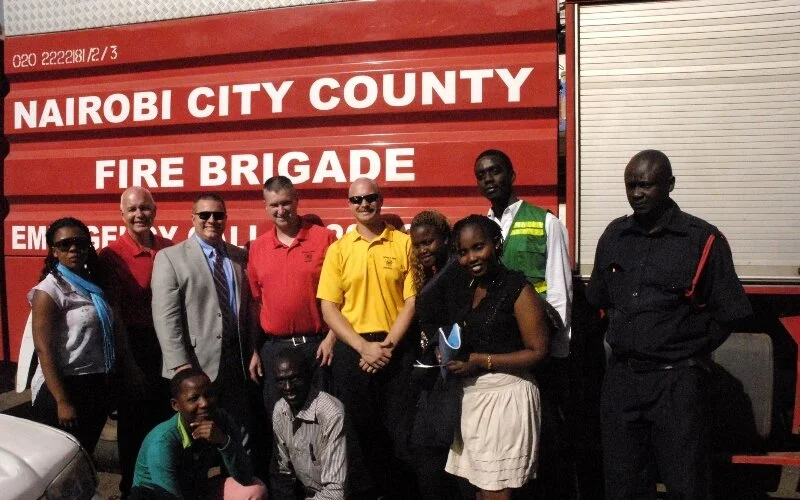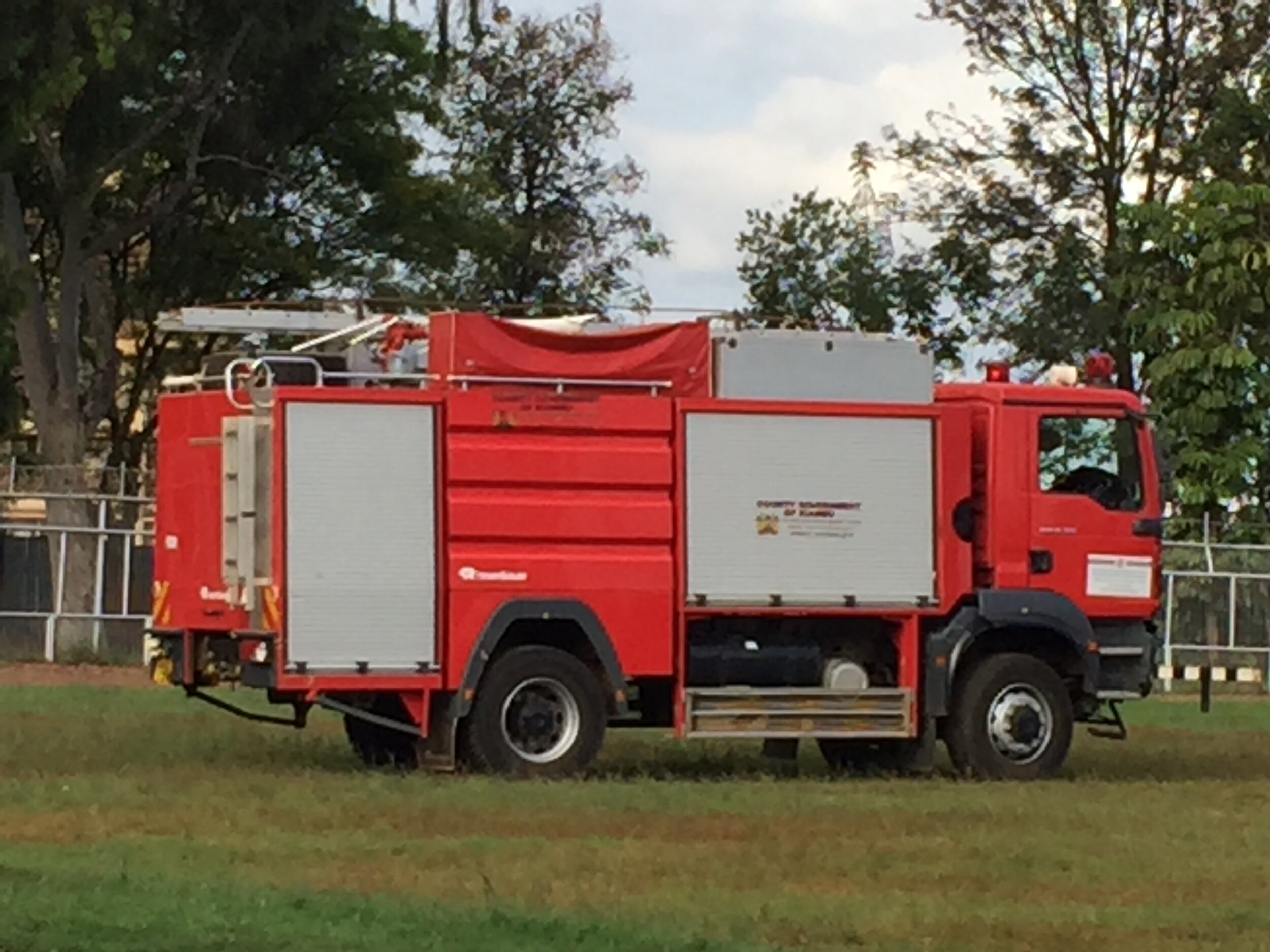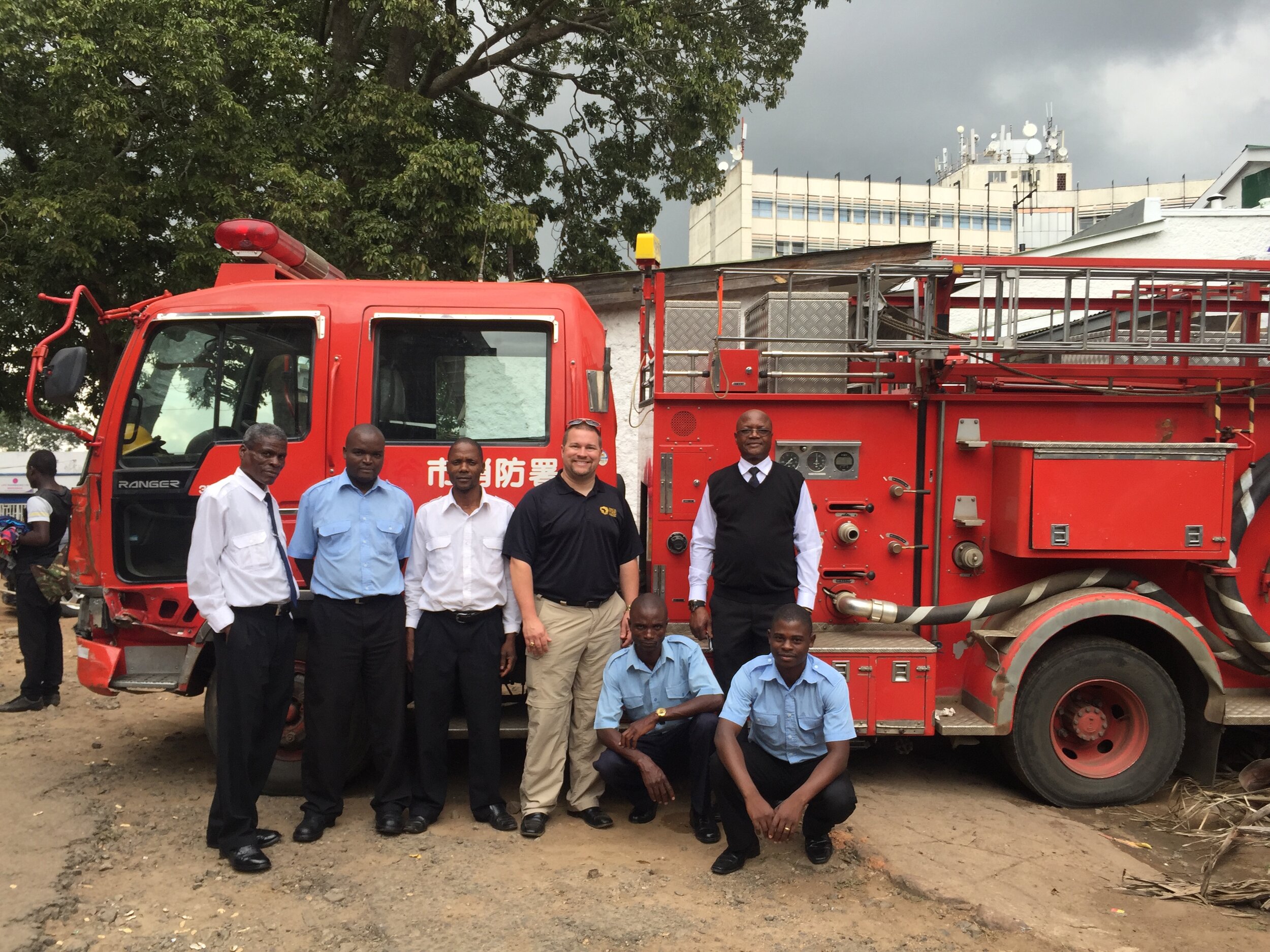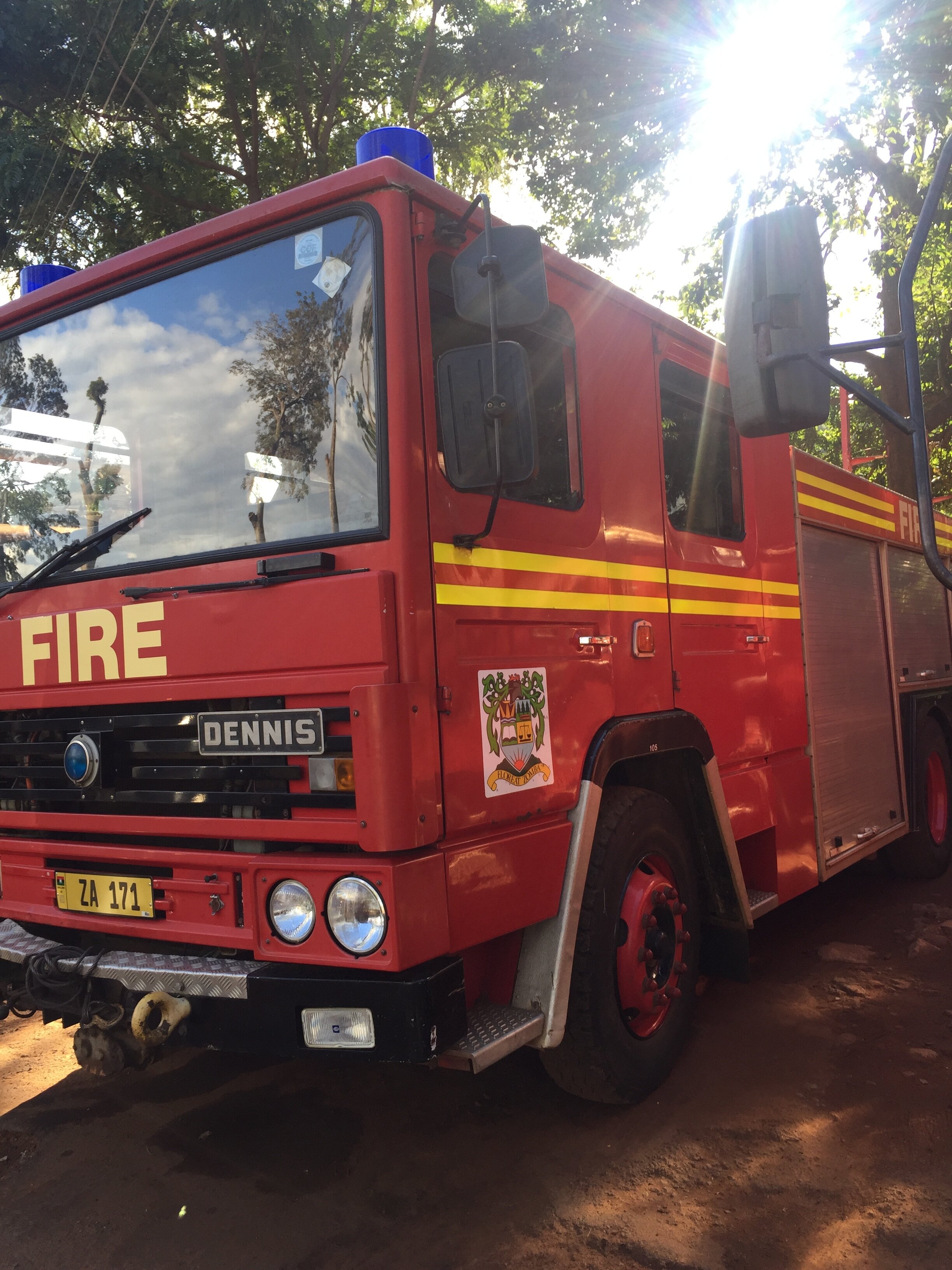By: Robert Rielage, Retired Chief Fire Officer
A very wise former fire chief named Alan Brunacini once stated, “The first five minutes of a fire (or emergency) determines the next five hours on the incident scene”.
The size-up is performed by the officer of the first arriving company and helps provide and maintain a steady, adequate and timely stream of the resources needed to control and extinguish the fire, or handle the medical needs of patients on an emergency medical scene.
On every incident, the size-up begins with the information received by the call taker from the person reporting the emergency. This information is then given by the radio operator to the fire crews as they dispatch the fire trucks or ambulances to the scene. With that information, the first arriving officer has a basic mental picture of what to expect – e.g. a house, apartment or commercial building on fire; or an automobile accident with one, two or more vehicles involved.
As they arrive on the fire truck, the officer should look at the scene and make a brief radio report confirming what they see, hear, or touch. Is there smoke or fire visible? Are there people screaming for help in a danger zone that need immediate rescue? Or is nothing visible? The officer then makes the brief radio report telling the radio operator they have arrived on scene, giving them their exact location, and a brief description of the type of fire including the construction and number of floors of building if its involved.
As the firefighters get off their truck, the officer should try to walk around the building or accident scene, if possible, to determine such things as - is there fire or smoke in the rear or side of the building that may not be visible from the street? Or how many vehicles are involved in the motor vehicle crash with an estimate of how many victims need medical attention?
After looking at all sides of the fire or accident, the officer makes a second brief radio report telling the radio operator the conditions they see, e.g. heavy smoke or fire from a rear window, whether the crew is going to enter the building with a fire hose (an offensive fire attack) or cool down the fire first from the outside (a defensive fire), and finally the officer tells the radio operator that he is in charge i.e. Fire Officer Kongi is in Command.
If it’s a fire, how big is it? Can it be controlled by your company alone? Or perhaps with yours and another company? Or is it already too big for the initial assignment, and you need to start additional units to the scene? If there are rescues to be made, are these people in immediate danger or is it better to begin putting out the fire – which may take these people out of the immediate danger to them – or it better to begin rescue and let the next company handle the fire? In either case, more resources are going to be needed because three or four firefighters on one truck aren’t going to be able to do both at the same time.
What about water? Is there enough water of the truck to put out the fire – the water carried on your truck in most cases may be able to knock down the fire, but you will probably need a water tender or an adequate source of water from a lake, river or pond to finish the extinguishment. Again, the size-up is intended for the officer to make that decision and get other fire trucks started to the scene so there is no interruption in extinguishing the fire or rescuing people.
At a medical scene, the officer needs to decide if the injured can receive adequate medical treatment from one or more ambulances coming to the scene, and immediately request more help, if needed.
I know that for some of you, the size-up may be more difficult to communicate to others. I realize that some departments do not have reliable radios on their vehicles. Many of you have cell phones. While it’s not as direct, you might get together with the other fire companies to devise a way to briefly send a text message to other responding units about the type of fire and conditions you are facing. Then they will know that you will give them an assignment that will support the strategy (offensive or defensive) when they arrive.
This is a brief description of “Size-up” and we should continue this discussion at some future time, but talk it over among the officers and decide if it is worthwhile to try, even if you have to resort to a brief text message.
Remember, it is always better to have more resources coming and turn them back if they are not needed, than being able to do very little while waiting for other companies to arrive.






